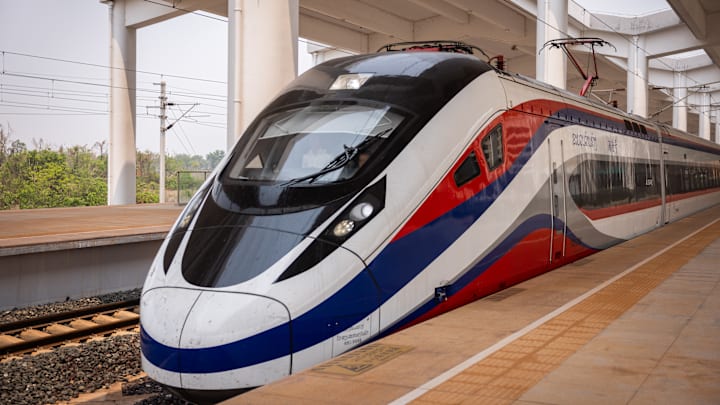When traveling around the country, most individuals think of flights or road trips as they come to mind first. But trains are a viable option and becoming more of a viable alternative as ticket prices fluctuate for airlines and gas prices increase overnight. High-speed passenger train services are the future and construction on the first high-speed train in the United States is finally starting.
Work is starting on a $12 billion dollar project to build a high-speed passenger train between Las Vegas and Los Angeles, two major hubs on the west coast. Passengers are expected to be able to purchase tickets starting in 2028. Right in time for the Summer Olympics scheduled for Los Angeles that same year.
This project is headed up by Brightline West, which is affiliated with the company that built a fast train between Miami and Orlando, Florida – two popular travel destinations on the East Coast. The Las Vegas to Los Angeles connection is expected to be 218 miles of train track, where trains will reach up to 186 miles per hour. These speeds are comparable to the Japanese bullet trains which continue to awe American travelers.
Today, the trip between Los Angeles and Las Vegas takes approximately four hours by car. That time will be cut down to two hours for the same distance. The fares are expected to be lower than airline tickets while offering Wi-Fi, food, and drinks, checked bags, and more services.
The United States government funded the work which started on Monday, April 22. Brightline received a 6.5 billion grant from the Biden administration, and funding in other options.
This is the first high-speed passenger rail in the United States, which has been a major talking point in travel for years. As other countries look to strengthen infrastructure and travel via train services, the United States have fallen behind. Projects in areas on both the East and West Coasts faced obstacles that have ballooned costs and stifled production to this day.
